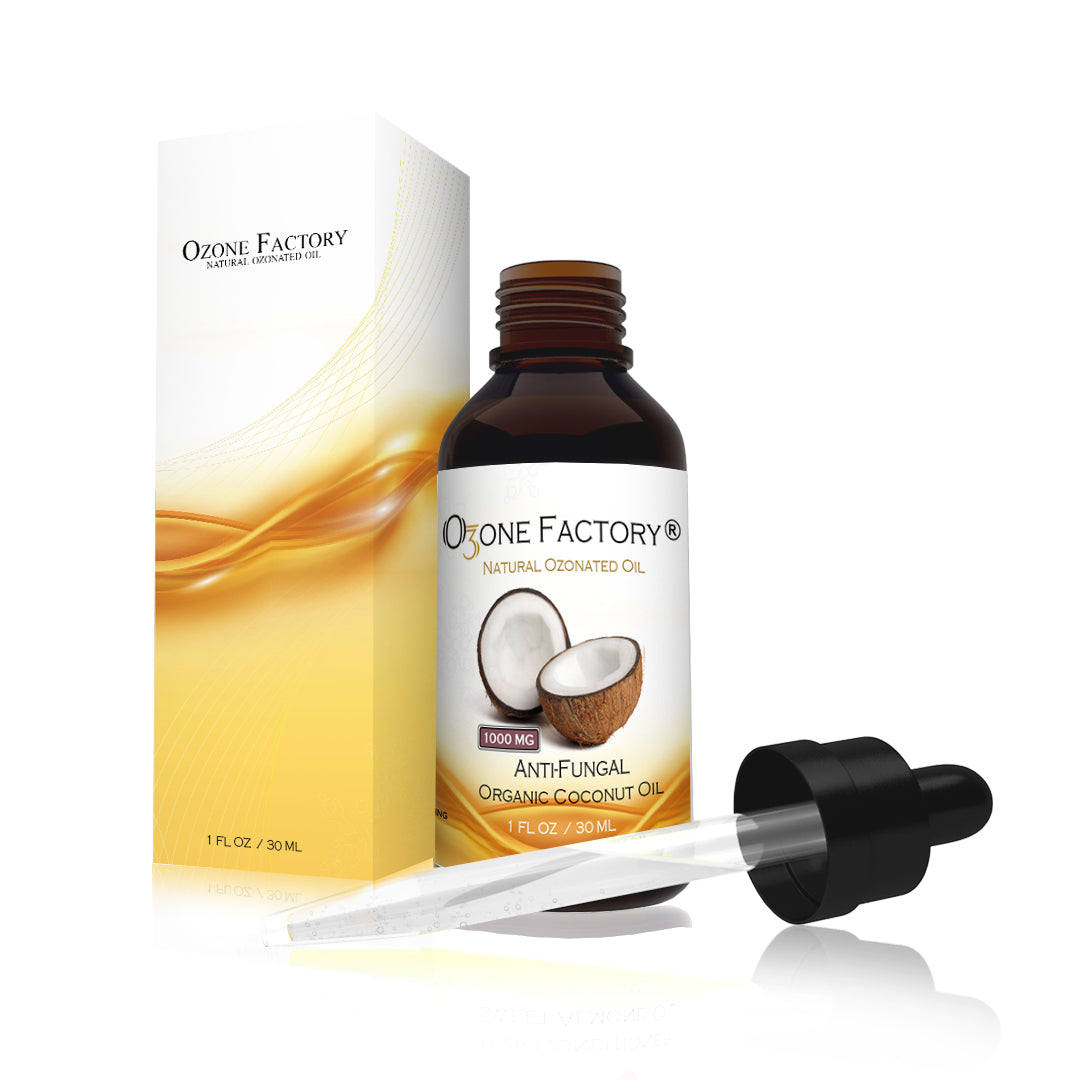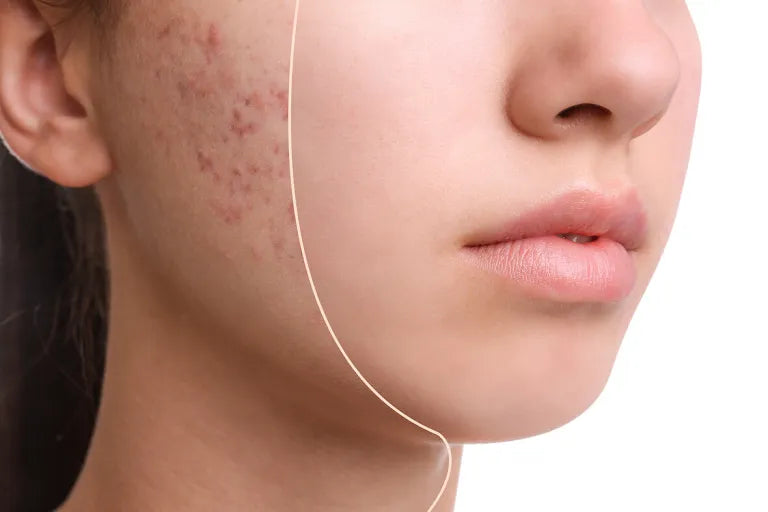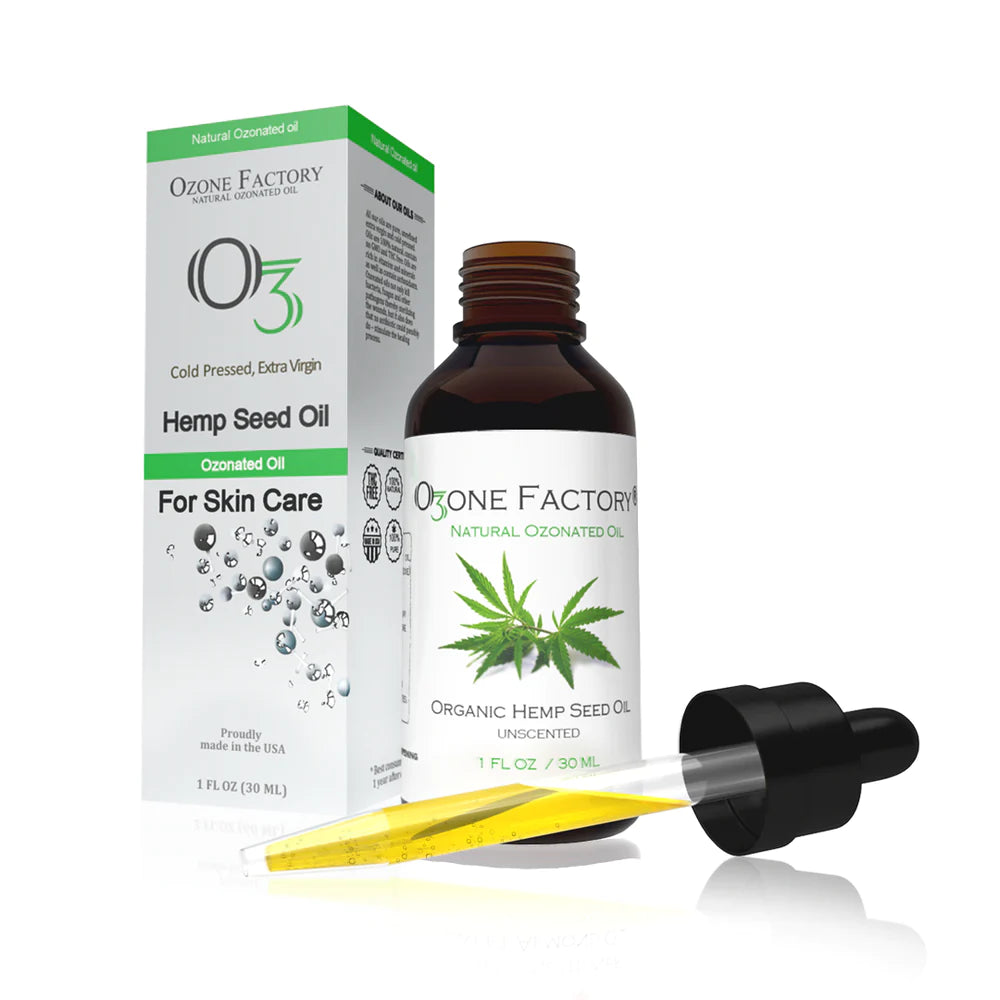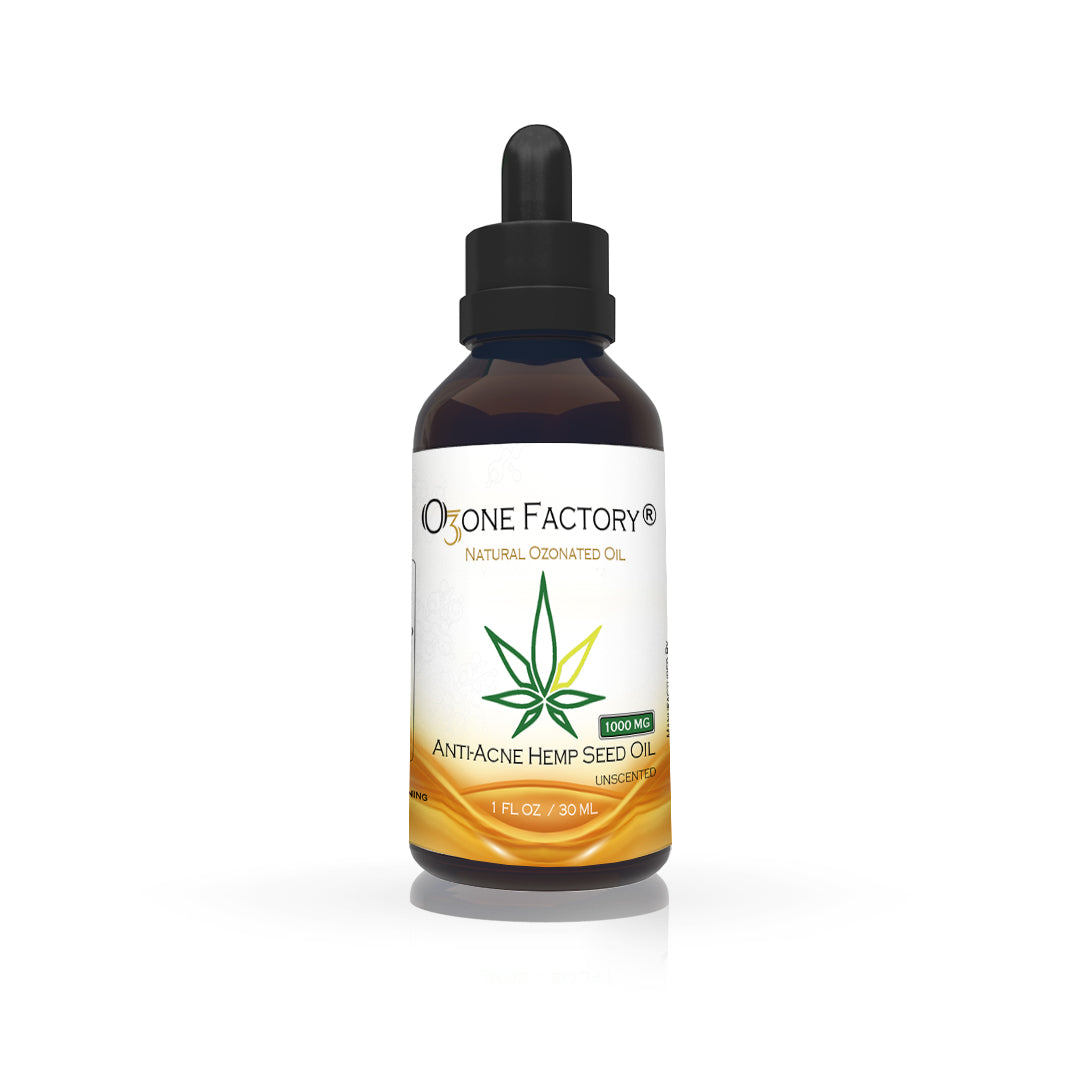
This article is a second part of the series of articles with the generic "Science behind ozone therapy". In this part we want to describe some of the fundamentals of ozone and its pharmacodynamics as well as the impact ozone has on the immune system. The characteristics of ozone as a potent oxidant is fundamental in its effect on physiology and the immune system. These topics are discussed in some detail as it pertains to ozone as a medical treatment using various modalities.
To understand about we speak for first we need to define some terms:
Pharmacodynamics: Molecular Mechanisms of Drug Action
Pharmacodynamics is the study of the biochemical and physiological effects of drugs and their mechanisms of action. Understanding pharmacodynamics can provide the basis for the rational therapeutic use of a drug and the design of new and superior therapeutic agents.
Simply stated, pharmacodynamics refers to the effects of a drug on the body. In contrast, the effects of the body on the actions of a drug are pharmacokinetic processes, and include absorption, distribution, metabolism, and excretion of drugs (often referred to collectively as ADME). Many adverse effects of drugs and drug toxicities can be anticipated by understanding a drug’s mechanism(s) of action, its
pharmacokinetics, and its interactions with other drugs. Thus, both the pharmacodynamic properties of a drug and its pharmacokinetics contribute to safe and successful therapy. The effects of many drugs, both salutory and deleterious, may differ widely from patient to patient due to genetic differences that alter the pharmacokinetics and the pharmacodynamics of a given drug. This aspect of pharmacology is termed pharmacogenetics.
Reactive Oxygen Species
Reactive oxygen species (ROS) include molecules such as hydrogen peroxide (H2O2), neutral free radicals such as the hydroxyl radical (.OH), and anionic radicals such as the superoxide anion radical (![]() ). Free radicals have an unpaired electron in the outer orbital.
). Free radicals have an unpaired electron in the outer orbital.
 These free radicals are extremely unstable because they react with a target molecule to capture an electron, so that they become a stable molecule with only paired electrons in the outer shell. However, the target molecule left behind becomes a free radical, which initiates a chain reaction that continues until two free radicals meet to create a product with a covalent bond. ROS—particularly .OH, which is the most reactive of them all—have the potential to damage important biological molecules, such as proteins, lipids, and DNA. However, ROS also play important physiological roles in the oxidation of iodide anions by thyroid peroxidase in the formation of thyroid hormone, as well as in the destruction of certain bacteria by reduced nicotinamide adenine dinucleotide phosphate (NADPH) oxidase and myeloperoxidase in phagocytic cells. Finally, the highly reactive signaling molecule nitric oxide is a free radical.
These free radicals are extremely unstable because they react with a target molecule to capture an electron, so that they become a stable molecule with only paired electrons in the outer shell. However, the target molecule left behind becomes a free radical, which initiates a chain reaction that continues until two free radicals meet to create a product with a covalent bond. ROS—particularly .OH, which is the most reactive of them all—have the potential to damage important biological molecules, such as proteins, lipids, and DNA. However, ROS also play important physiological roles in the oxidation of iodide anions by thyroid peroxidase in the formation of thyroid hormone, as well as in the destruction of certain bacteria by reduced nicotinamide adenine dinucleotide phosphate (NADPH) oxidase and myeloperoxidase in phagocytic cells. Finally, the highly reactive signaling molecule nitric oxide is a free radical.
Quantitatively, the most important source of ROS is the mitochondrial electron transport chain . Complex I and complex III of the electron transport chain generate ![]() as byproducts . The enzyme superoxide dismutase (SOD) converts
as byproducts . The enzyme superoxide dismutase (SOD) converts ![]() to hydrogen peroxide, which in turn can yield the highly reactive .OH.
to hydrogen peroxide, which in turn can yield the highly reactive .OH.
Only a small fraction of the oxygen used in aerobic metabolism (<1%) generates ROS. However, even that amount would be lethal in the absence of protective mechanisms. Fortunately, organisms have two potent antioxidant defenses. The major defense is enzymatic, specifically SODs, catalase, and glutathione peroxidase . In addition, low-molecular-weight antioxidants, such as vitamins C and E, play a minor role in the defense against the metabolically produced radicals.

Because these antioxidant defense mechanisms are not fully protective, the dominant concept of the oxidative stress theory is that an imbalance between the production and removal of ROS by antioxidant defenses is the major cause of aging. Nevertheless, recent studies using genetically engineered mice—with either deficient or overexpressed antioxidant enzymes—do not support this theory.
Since ozone is an unstable gas, it is imperative in its medical use to be aware of the concentration of ozone being administered to patients in order to avoid toxicity. A key in avoiding toxicity is knowledge of the effects of ozone to certain organs; while ozone contact with blood is acceptable, contact with the lungs and eyes should be strictly avoided.
Ozone dissolved in pure water can be used as a disinfectant, as long as it is maintained in a tightly closed glass bottle. Under these circumstances ozone does not react with its environment including the container. Ozone reacts immediately and is broken down after coming in contact with fluids such as physiological plasma, saline, urine, and lymph .
Ozone’s paired number of electrons are found in the external orbit and it is not considered a radical molecule despite the formation of radicals when undergoing mitochondrial respiration. Within plasma, ozone reacts with a number of biological molecules. Hierarchically, ozone reacts first with polyunsaturated fatty acids (PUFA), antioxidants such as ascorbic acid, compounds with thiol groups, reduced glutathione (GSH) and albumin . Each of these molecules is oxidized similarly by ozone to generate hydrogen peroxide (H2O2) and two moles of lipid oxidation products (LOPs) . Similarly, the production of anion superoxide, hydrogen peroxide, and hypochlorous acid are a result of phagocytes reacting with pathogens .
Ozone is commonly mistaken as always being cytotoxic since sensitivity of normal and neoplastic cells in culture exposed to ozone at low concentrations has been documented . These results are misleading since cultured cells have significantly less antioxidants than found in blood plasma and is present in typically five to ten fold less albumin in cellular culture as compared to blood plasma . The range of therapeutic dosage of ozone in blood is between 10 μg/ml gas and 80 μg/ml gas per mL of anticoagulated blood . Under these circumstances, the entirety of ozone was consumed in under 5 min . There are no known side effects of autohemotherapy under these conditions. There is risk of blood clot if blood collected is not properly handled. However, proper handling, the use of heprin, and filtration can eliminate the opportunity to produce or introduce blood clots in the body.
The reaction between ozone and PUFA generates two aldehyde constituents in the addition to the formation of hydrogen peroxide. Since the production of aldehydes are particularly deleterious, only therapeutic dosages of ozone should be administered to reduce their formation. The latter product, hydrogen peroxide, has several biological and therapeutic effects and is considered to be a fundamental reactive oxygenated species (ROS) . The production of hydrogen peroxide itself is controversial but like ozone it is important to understand that the concentration of hydrogen peroxide is key. Hydrogen peroxide is a crucial mediator in host defense and immune response in addition to a regulator in signal transduction in physiological amounts . The concentration of hydrogen peroxide dictates whether cells will undergo proliferation or cell death .
The known effects of ozone on the metabolomics of human blood samples indicate a significant increase in the presence of certain metabolites including formate, allantoine, acetate, and acetoacetate. Of those metabolites listed, formate, aceteate, and acetoacetate indicate a linear increase in concentration as determined by their corresponding NMR peaks . Allantoine expressed a hyperbolic curve suggesting a potential saturation point beyond an ozone dose of 800 μg/ml of ozone gas per blood sample.
Pyruvate’s relationship was expressed as a biphasic sigmoidal monotonically decreasing function in response to increasing ozone concentration in tested blood samples . Although these results do give us a glimpse of the shift in blood sample metabolomics, they do not explain how some patients who undergo extracorpeal blood oxygenation and ozonation (EBOO) treatment experience an increase of energy. The decrease in pyruvate might even suggest the contrary since pyruvate is a critical metabolite in glycolysis since it is the end product of glycolysis. However, metabolomics research on rats exposed to ozone gas offers a more thorough understanding of the metabolic shifts and physiological changes after exposure. 313 named metabolites were analyzed primarily after immediate exposure to ozone gas and showed 81 metabolites were significantly increased while 48 were decreased. Of these 313 named metabolites there is the curious case of pyruvate which was shown to increase after the rats were exposed to ozone. As for the account of extra energy after exposure of ozone, the study also shows a marked increase in epinephrine in the rats exposed to ozone. However, it is unclear whether the increase in epinephrine is due to psychological distress from the rats who are exposed to ozone gas or if the ozone physiologically induced the increase of epinephrine. Further studies on humans are warranted to determine the causality of the increase in epinephrine after exposure to ozone.
Cellular physiology can be impacted by ozone in other ways. Oxidative stress impairs oxygen delivery and induce aging in red blood cells. Superoxide, a metabolite formed in some chemical reactions following ozone being reduced by antioxidants, inhibits platelet-derived growth factor receptors but hydrogen peroxide, another metabolite formed in a reaction with ozone and antioxidants is required for platelet derived growth factor signal transduction. The effect of ozone on human umbilical vein endothelial cells (HUVECs) in vitro shows a marked increase in nitic oxide (NO) and interleukin-8 (IL-8).
In next part we will discuss in more detail how ozone interact and change effect of ROS and its benefic effects.






